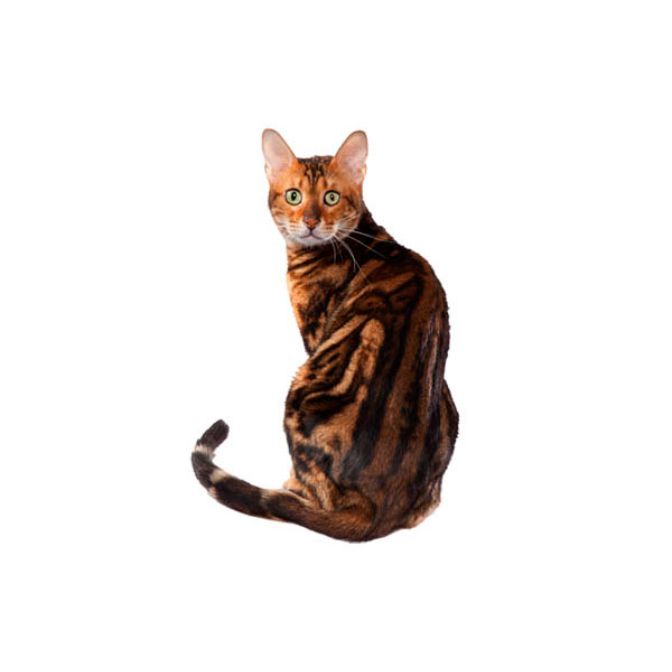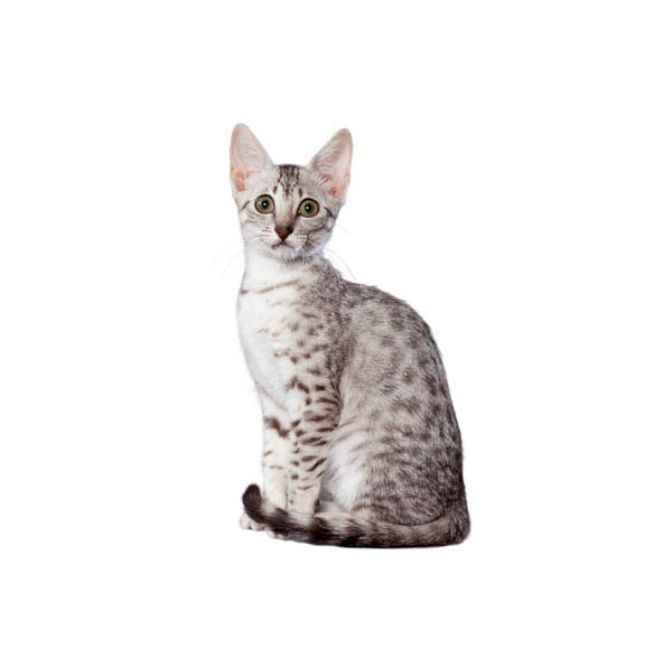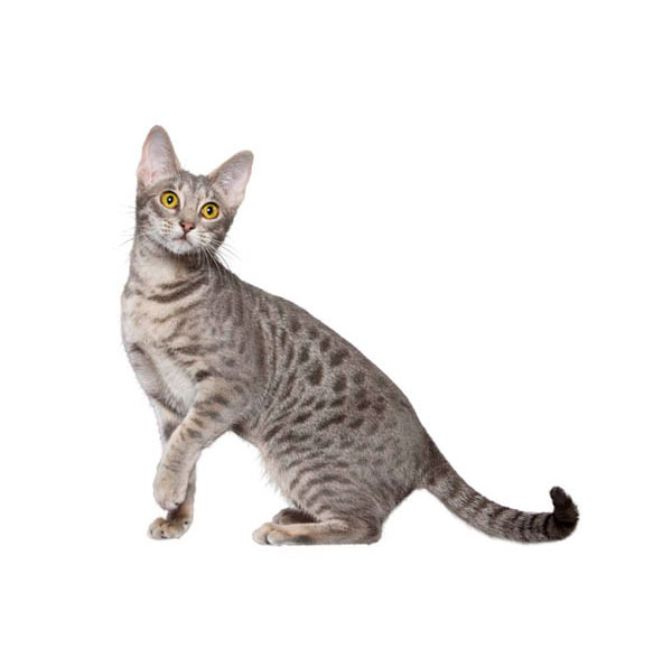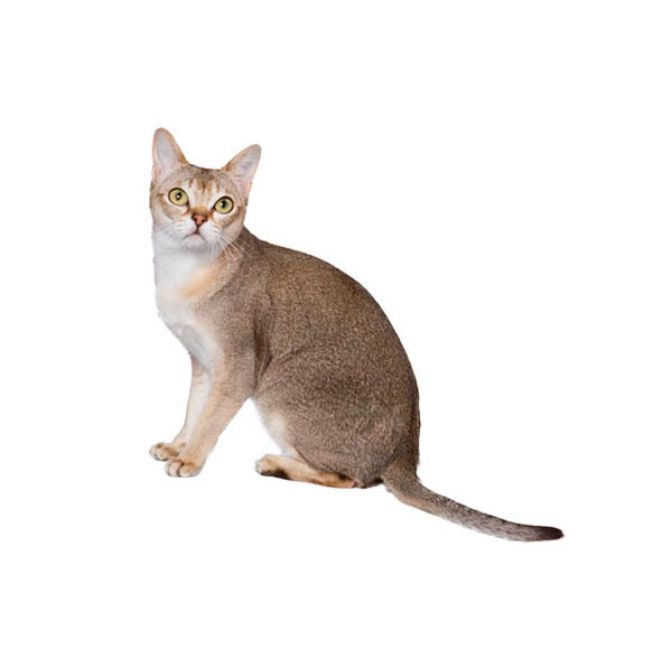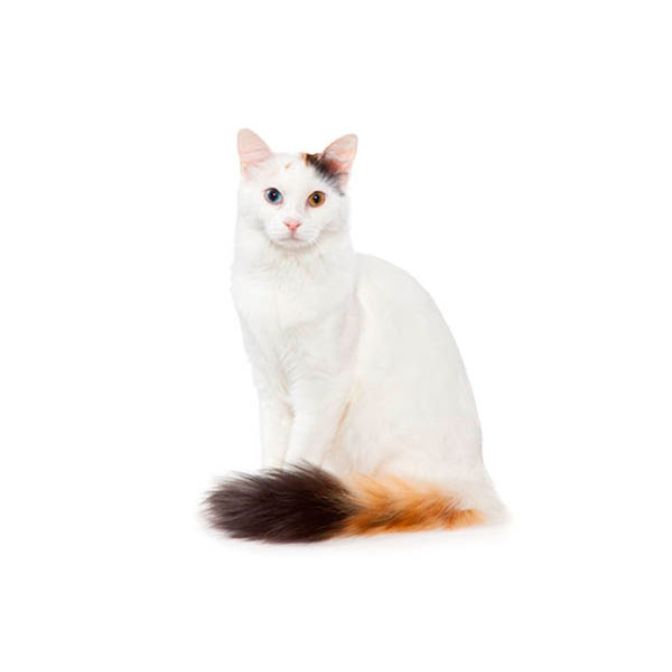Bengal
The Bengal cat is a unique breed known for its striking appearance and dynamic personality. Originating from a cross between domestic cats and the Asian leopard cat, Bengals have gained popularity in Australia for their exotic look and playful nature. They are recognized for their wild ancestry, which contributes to their distinctive coat patterns and energetic behavior.
Medium To Large
Medium
High
4 to 8kg.
Bright orange to light brown, with dark spots or a distinctive marbling pattern
Bengal cats are known for their lively and affectionate temperament. They are highly social and enjoy interacting with their owners, often forming strong bonds. Bengals are curious and intelligent, requiring mental stimulation and playtime to keep them engaged. Their playful nature makes them ideal companions for families and individuals alike.
A Bengal cat is easily identifiable by its stunning coat, which features a marbled or spotted pattern reminiscent of a wild leopard. They are medium to large in size, boasting a muscular build and a distinctive, sleek appearance that appeals to cat enthusiasts. Their large, expressive eyes are often round, adding to their captivating look and charm. Known for their playful personality and high energy levels, Bengal cats make engaging and interactive pets, perfect for active households.
The average lifespan of a Bengal cat ranges between 12 to 16 years, depending on genetics and care. With proper nutrition, regular veterinary check-ups, and a stimulating environment, many Bengals can live long, healthy lives.
Bengal cats come in various stunning colors, including brown, silver, and snow. The brown Bengal is the most common, characterized by its rich, warm tones and bold patterns that resemble a wild leopard's coat. The snow Bengal, with its lighter coat, is also popular among cat enthusiasts for its unique appearance and striking contrast. These vibrant color options and patterns make Bengal cats highly sought after in the pet community.
Bengal cats come in various stunning colors, including brown, silver, and snow. The brown Bengal is the most common, characterized by its rich, warm tones and bold patterns that resemble a wild leopard's coat. The snow Bengal, with its lighter coat, is also popular among cat enthusiasts for its unique appearance and striking contrast. These vibrant color options and patterns make Bengal cats highly sought after in the pet community.
While generally healthy, Bengal cats can be prone to certain genetic conditions, such as hypertrophic cardiomyopathy (HCM). Regular veterinary care and a proper diet are essential to monitor their health and prevent potential issues.
A balanced diet is crucial for Bengal kittens and adult cats. High-quality commercial cat food with adequate protein is recommended, as Bengals require more protein than some other breeds due to their active lifestyle.
The Bengal breed was developed in the 1970s by breeding domestic cats with the Asian leopard cat. This intentional crossbreeding aimed to create a domestic cat with an exotic look while maintaining a friendly temperament.
Bengal cats are known for their love of water, often playing in sinks or even enjoying baths. Their playful nature and curiosity make them unique among cat breeds. Additionally, they are highly trainable, capable of learning tricks and commands, which makes them stand out among other breeds. This engaging personality and willingness to interact with their owners enhance their appeal as beloved family pets.
